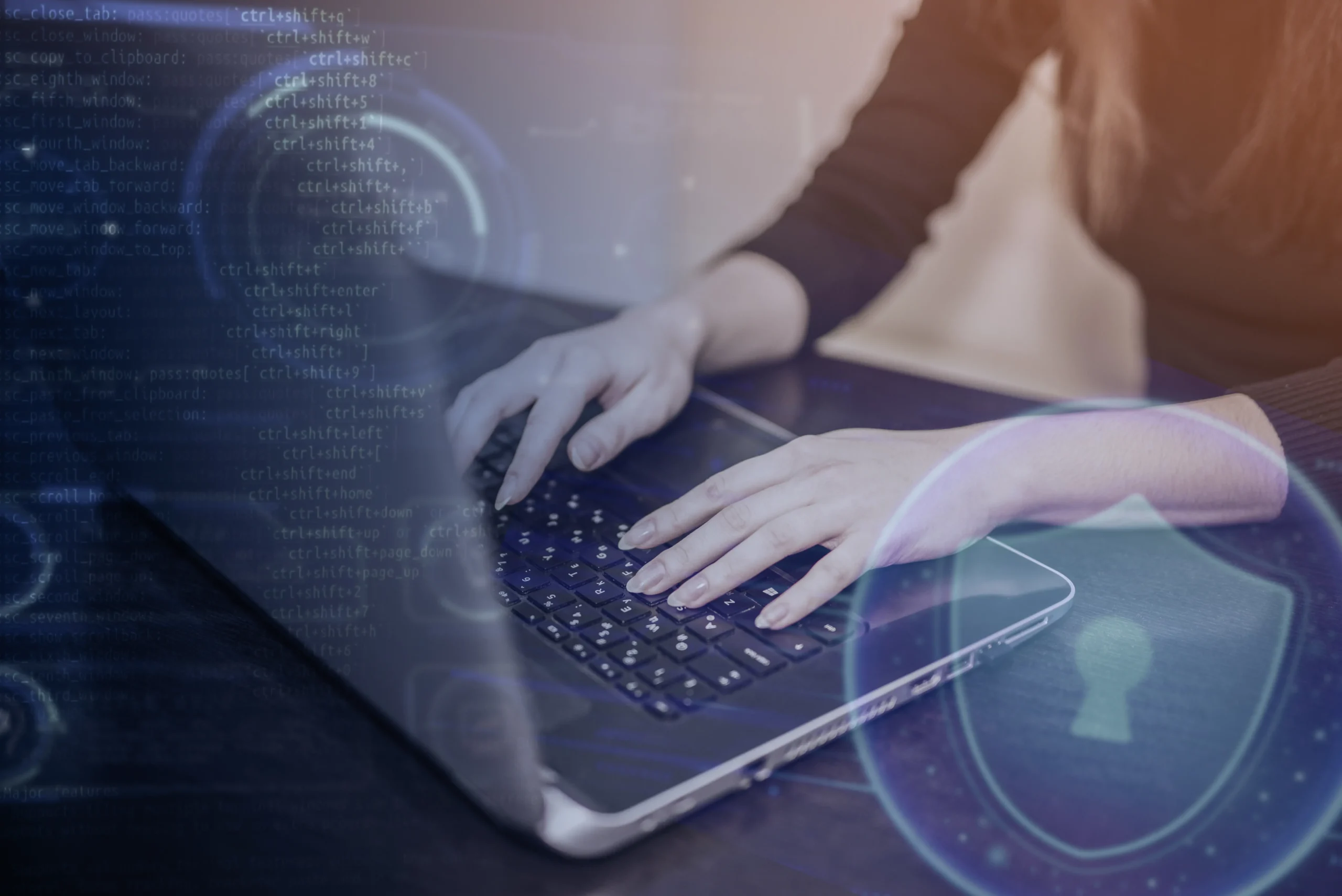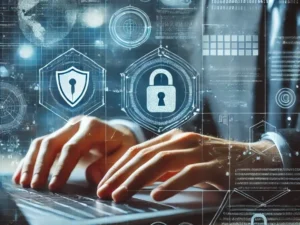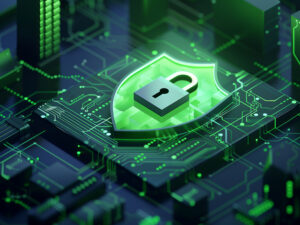Cyber Hygiene
- Description
- Curriculum
- Reviews

This Cyber Hygiene Course provides a comprehensive exploration into the critical practices of maintaining digital health and security. Designed for both individuals and organizations, the course covers essential topics such as the fundamentals of cyber hygiene, practical steps for enhancing security, and developing ongoing cyber hygiene routines. The course aims to instill a proactive security mindset, ensuring participants can safeguard personal and organizational information against the evolving landscape of cyber threats.
This course is designed for individuals new to the field of cybersecurity, including:
- Employees in any sector who need to understand cyber hygiene to protect their personal and organizational data.
- Students and recent graduates who are entering the workforce and require foundational cybersecurity knowledge.
- Small business owners who need to implement practical security measures to safeguard their business operations.
- General internet users interested in improving their digital security practices to protect against common cyber threats.
Learning Objectives
- Define cyber hygiene and describe its role in mitigating cyber threats and maintaining the integrity of digital systems.
- Identify various cyber threats including malware, phishing, ransomware, and insider threats, recognizing their impacts on security.
- Explain the functions and significance of fundamental security measures such as encryption, firewalls, and VPNs in digital security practices.
- Implement effective password management strategies using password managers to enhance personal and organizational security.
- Set up and utilize basic multi-factor authentication to secure digital accounts and data.
- Develop a proactive security-first approach, continuously enhancing personal and organizational cyber resilience.
-
2Introduction to Cyber Hygiene: Defining Its Importance in Preventing Cyber Threats
This section explores cyber hygiene—the essential security habits that protect individuals and organizations from cyber threats. Like personal hygiene, it involves routine practices such as software updates, strong passwords, multi-factor authentication, and system monitoring. With rising cyber risks and the shift to remote work, maintaining good cyber hygiene is more crucial than ever. The section highlights its benefits, including threat prevention, system efficiency, data protection, regulatory compliance, and fostering a security-aware culture. Readers will gain a clear understanding of why cyber hygiene is vital for a safer digital environment.
-
3Overview of common threats
This section examines the most prevalent cybersecurity threats, detailing their methods, impact, and real-world examples. It covers malware types such as viruses, worms, trojans, and spyware, alongside phishing tactics, ransomware attacks, and denial-of-service (DoS) threats. Additionally, it explores advanced threats like man-in-the-middle (MitM) attacks, SQL injection, cross-site scripting (XSS), social engineering, password attacks, and insider threats. The section also highlights the consequences of cyber incidents, including financial losses, data breaches, service disruptions, trust erosion, and legal implications. By understanding these threats, readers can better safeguard their digital environments and mitigate security risks.
-
4Basic security concepts
This section covers fundamental cybersecurity measures essential for protecting digital environments. It explains encryption, which secures data by converting it into unreadable formats, ensuring confidentiality and integrity. Firewalls act as protective barriers, filtering network traffic to block unauthorized access and cyber threats. Virtual Private Networks (VPNs) enhance security and privacy by encrypting internet traffic and masking user identities. The section also explores how these security tools work together to create a layered defense strategy, safeguarding sensitive data, securing online communications, and preventing cyberattacks in both personal and organizational settings.
-
5Embracing Cyber Hygiene as a Cornerstone of Digital Security
This concluding section reinforces the importance of cyber hygiene as a fundamental practice for protecting digital security. It summarizes key takeaways, including the role of regular security habits, awareness of common cyber threats, and the importance of essential security tools like encryption, firewalls, and VPNs. Emphasizing a proactive and integrative security approach, it highlights the need for continuous learning, adopting multiple layers of defense, and fostering a culture of cybersecurity awareness. As digital security is a shared responsibility, embracing cyber hygiene helps individuals and organizations mitigate risks and create a safer online environment.
-
6References
-
7Understanding Cyber Hygiene QuizThis quiz challenges you to apply what you've learned about protecting digital environments against evolving threats. Each question is crafted to not only test your recall but also to deepen your comprehension of how to maintain digital health and security effectively.
-
8Essentials of Password Creation and Management
This section highlights the importance of strong password practices for both individuals and businesses. It covers best practices for creating strong passwords, using password managers for secure storage and automation, and enabling two-factor authentication (2FA) for added security. Special attention is given to password management in SMEs, outlining company policies, employee responsibilities, and enforcement strategies. Key recommendations include implementing strong password policies, regular updates, employee training, and security audits to prevent breaches. By adopting these practices, users and organizations can significantly enhance their cybersecurity posture.
-
9Multi-factor Authentication (MFA) and Its Necessity
This section explains Multi-Factor Authentication (MFA) as a crucial security measure that enhances account protection by requiring multiple forms of authentication. It highlights the importance of MFA for SMEs, emphasizing its role in preventing unauthorized access, reducing phishing risks, and ensuring regulatory compliance. The section outlines best practices for implementing MFA, including selecting the right solution, educating employees, and managing mobile authentication. A step-by-step guide provides a structured approach to setting up MFA, ensuring businesses can strengthen their cybersecurity posture and safeguard sensitive data effectively.
-
10Regular updates and patches for software and operating systems
This section highlights the critical role of regular software and OS updates in maintaining cybersecurity and system efficiency. Updates provide security patches, bug fixes, and feature enhancements, helping protect against cyber threats and improving performance. It outlines best practices for managing updates, including automation, risk-based prioritization, testing, and employee education. Additionally, it introduces patch management tools to streamline the process. By consistently updating systems, businesses can mitigate security risks, enhance stability, and ensure compliance in an evolving digital landscape.
-
11Safe browsing practices
This section outlines essential safe browsing practices to help SMEs protect sensitive data, prevent cyber threats, and maintain a secure online environment. It covers browser security settings, regular updates, HTTPS protocols, secure downloading, and cookie management to mitigate risks. Additional measures such as ad blockers, disabling auto-fill, privacy-focused search engines, and VPN implementation enhance security and privacy. By adopting these practices and conducting regular employee training, SMEs can strengthen their cybersecurity posture, reduce vulnerabilities, and create a safer, more productive digital workspace.
-
12Solidifying Cyber Hygiene in SMEs
This section reinforces the importance of practical cyber hygiene as a fundamental pillar of digital security for SMEs. It summarizes key takeaways from password management, multi-factor authentication (MFA), and safe browsing practices, highlighting their role in safeguarding sensitive data and preventing cyber threats. Looking ahead, it emphasizes the need for ongoing training, policy enforcement, and a culture of cybersecurity awareness within organizations. By consistently applying these strategies, SMEs can strengthen their security posture, protect assets, and foster a safer digital environment for long-term success.
-
13References
-
14Are You Practically Cyber-Secure? Test Your KnowledgeThis interactive quiz is designed to test your understanding of practical cyber hygiene measures essential for small and medium-sized enterprises (SMEs). Explore a series of challenging true/false questions that will assess your knowledge on effective password management, the critical role of multi-factor authentication, regular updates and patches, and safe browsing practices.
-
15Conducting Regular Security Audits and Secure Data Backup
This section provides a step-by-step guide for conducting security audits on personal devices and accounts, helping SME employees identify vulnerabilities and strengthen their digital security. It covers essential steps such as password management, software updates, two-factor authentication, app permissions review, and financial activity monitoring.
Additionally, it explores best practices for data backup, including cloud storage, external hard drives, and hybrid backup strategies to ensure data integrity and business continuity. It also outlines the importance of automated backups, regular testing, and backup system audits to prevent data loss and enhance cybersecurity resilience. By implementing these practices, SMEs can proactively protect sensitive information and minimize operational risks.
-
16Identifying and Mitigating Security Risks
This section equips individuals and SMEs with practical strategies to identify and mitigate cybersecurity risks. It covers software updates and patch management to minimize vulnerabilities, password security and advanced authentication methods to enhance access protection, and scam awareness to recognize and avoid online fraud. Key takeaways include establishing secure update routines, enforcing strong password policies, implementing multi-factor authentication (MFA), and recognizing scam tactics such as phishing, high-pressure demands, and fraudulent payment requests. By following these best practices, businesses can proactively strengthen their cybersecurity posture and protect sensitive data from evolving threats.
-
17Managing Privacy Across Digital Platforms
This section guides users on configuring privacy settings across major social media platforms and mobile devices to protect personal data. It covers strategies for minimizing digital exposure, including using VPNs, secure browsers, and privacy-focused tools. Additionally, it provides best practices for managing app permissions, enabling two-factor authentication, and avoiding online tracking. By implementing these measures, individuals and businesses can enhance their online privacy, reduce security risks, and maintain better control over their digital footprint.
-
18Empowering Your Cyber Hygiene Practices
This section reinforces the importance of personal responsibility in digital security, summarizing key takeaways from security audits, data backup strategies, and automated backups. It emphasizes the need for regular security checks, reliable data storage methods, and continual learning to stay ahead of cyber threats. By implementing these best practices, individuals and organizations can strengthen their cybersecurity posture, protect sensitive data, and foster a culture of security awareness. Cyber hygiene is an ongoing commitment, and proactive engagement is key to maintaining a secure digital environment.
-
19References
-
20Cyber Hygiene Essentials: Your Personal Routine ExaminedThis challenging set of questions is designed to test your understanding of crucial concepts such as security audits, data backups, and VPN use. You'll tackle five detailed matching questions that connect key cybersecurity tools and terms with their definitions, followed by five nuanced multiple-choice questions that challenge your knowledge of implementing these tools in practical scenarios.




